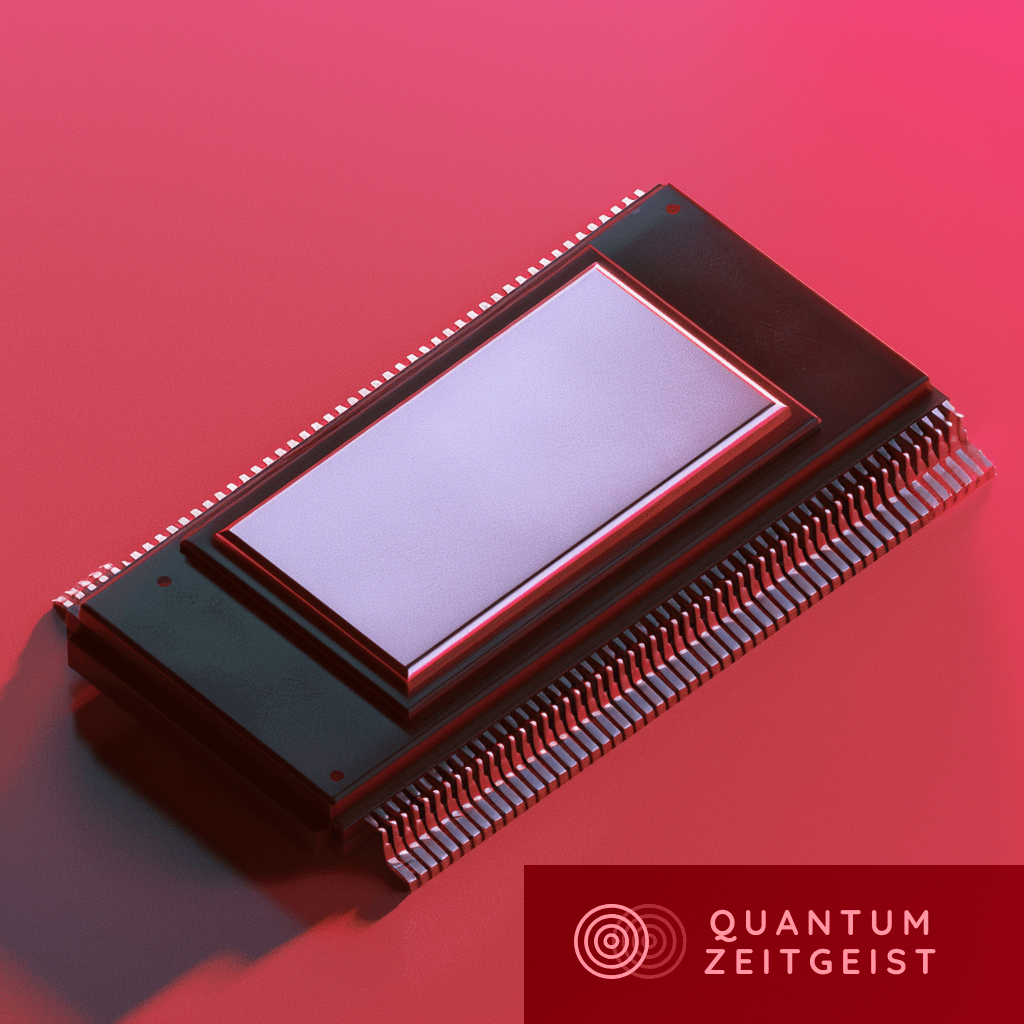Quantum Random Access Memory (QRAM) is a device used in various quantum algorithms, including Grover’s search algorithm and modern versions of Shor’s algorithm. Despite criticisms regarding its utility in big data problems, QRAM has potential applications in quantum chemistry, machine learning, and quantum cryptography. Existing proposals for QRAM are based on quantum optics, Rydberg atoms, photonics, and circuit quantum acoustodynamics. Two new QRAM architectures have been proposed, one using a cavity-controlled controlled SWAP (CSWAP) gate and the other using giant unidirectional emitters (GUEs). Both architectures explore single and dual-rail implementations, with the latter showing promise for boosting post-selected query fidelity.
What is Quantum Random Access Memory (QRAM) and its Applications?
Quantum Random Access Memory (QRAM) is a common architecture resource for algorithms with many proposed applications including quantum chemistry, windowed quantum arithmetic, unstructured search machine learning, and quantum cryptography. QRAM is a device capable of querying a classical or quantum memory in superposition. It is used in many quantum algorithms, including Grover’s search algorithm, which is perhaps the most well-known application of QRAM.
However, criticisms have emerged regarding the utility of QRAM in the context of big data problems, particularly for algorithms such as Grover that require a large number of calls to the QRAM. Despite these criticisms, quantum algorithms utilizing QRAM where quantum advantage may still exist include modern versions of Shor’s algorithm, quantum chemistry algorithms, algorithms for solving the dihedral hidden subgroup problem, and the Harrow-Hassidim-Lloyd (HHL) algorithm.
To get a sense of the scale of devices relevant for near-term example demonstrations of quantum advantage, the algorithm presented for the quantum simulation of jellium in a classically intractable parameter regime requires a modest-size QRAM with only eight address qubits and a bus or word length of 13 qubits.
What are the Existing Proposals for QRAM?
Existing proposals for QRAM are based on quantum optics, Rydberg atoms, photonics, and circuit quantum acoustodynamics. Each proposal utilizes the celebrated bucket-brigade architecture, which promises a degree of noise resilience as compared to more straightforward algorithmic implementations of QRAM.
However, realizing a QRAM device appears to be extremely difficult due to additional concerns regarding the noise sensitivity of active versus inactive components in a bucket-brigade QRAM. Recently, Hann et al. have helped to address this issue, showing that the bucket-brigade architecture still enjoys a polylogarithmic scaling of the infidelity of a QRAM query with the size of the memory, even if all components are active.
How is the Bucket-Brigade QRAM Implemented?
In parallel to this theory work, there has been enormous experimental progress in quantum information processing using three-dimensional (3D) superconducting cavities, including demonstrations of millisecond-scale coherence times, as well as high-fidelity beamsplitter operations.
Leveraging these results, bucket-brigade QRAM implementations based on superconducting cavities have been proposed. These proposed architectures utilize recently developed mid-circuit error-detection and erasure detection schemes, boosting the query fidelity by utilizing post-selection. Among the algorithms utilizing QRAM, some may tolerate such a non-deterministic repeat-until-success procedure, as opposed to those which require interleaved QRAM calls. One example is the HHL algorithm, which can utilize QRAM for state preparation.
What are the Different QRAM Architectures?
In this work, two QRAM architectures that achieve this gate primitive in distinct ways have been proposed. In the first architecture, a cavity-controlled controlled SWAP (CSWAP) gate is directly constructed. While an ancilla transmon is required to provide the requisite nonlinearity, first-order transmon errors can be detected and post-selected away. This proposal benefits from requiring no new hardware components beyond what has already been experimentally implemented.
The second approach utilizes the physics of giant unidirectional emitters (GUEs) to realize the conditional routing operation, where again first-order transmon errors are detectable. The first is termed the CSWAP architecture and the second the GUE architecture. In both architectures, single and dual-rail implementations are explored. The dual-rail approach doubles the hardware cost, however, it additionally allows for the first-order detection of photon loss in the cavities. This boosts the post-selected query fidelity.
What are the Findings and Conclusion?
These findings suggest that dual-rail encodings are particularly attractive as architectures for QRAM devices in the era before fault tolerance. In particular, the post-selected infidelity of a QRAM query in a dual-rail architecture is nearly an order of magnitude below that of a corresponding query in a single-rail architecture.
The key feature of bucket-brigade QRAM that enables its relative noise insensitivity is the conditional routing of quantum information based on the states of address qubits. In the remainder of this work, all query infidelities are post-selected unless noted otherwise. This work contributes to the ongoing research and development in the field of quantum computing and quantum memory architectures.
Publication details: “Quantum Random Access Memory Architectures Using 3D Superconducting Cavities”
Publication Date: 2024-04-16
Authors: D.K. Weiss, Shruti Puri and S.M. Girvin
Source: PRX Quantum 5, 020312
DOI: https://doi.org/10.1103/PRXQuantum.5.020312

